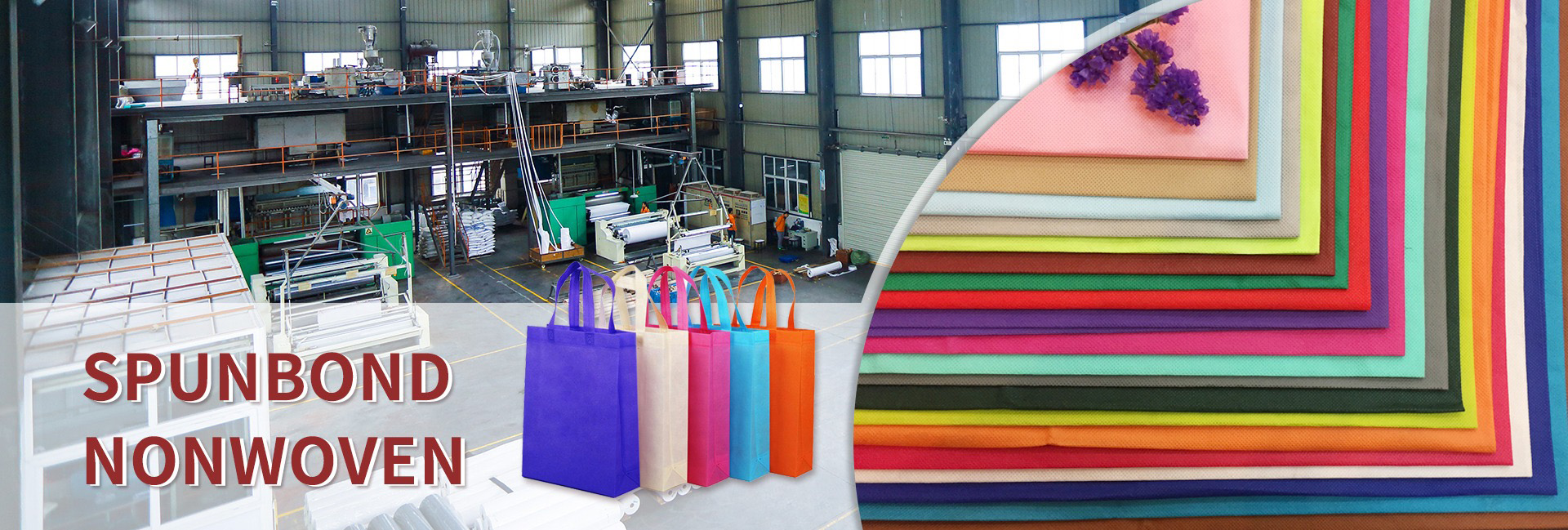This isn’t an exaggeration; it’s based on the comprehensive benefits of its scientific principles. Non-woven fabric covering technology is like a behind-the-scenes director orchestrating the production process, optimizing every aspect of crop growth to ultimately deliver a spectacular harvest of both high yield and high quality.
Unveiling the Four “Invisible Heroes” of Yield Increase
Non-woven fabric covering is more than simply “laying down a layer of fabric.” It creates a unique “root zone microenvironment” and simultaneously delivers benefits in four key areas:
1. Temperature Control Mastery – A Constantly Warm Root Chamber
Non-woven fabric effectively reduces heat loss from the soil. During the cooler months of early spring or late autumn, it can raise ground temperatures by 2-5°C, acting like a blanket for crop roots.
The yield-increasing effect of suitable and stable ground temperatures significantly promotes early root development and vitality, allowing crops to enter their peak growth phase earlier, extending the duration of effective photosynthesis and laying the foundation for high yields. This effect is particularly pronounced for warm-loving crops like tomatoes and strawberries.
2. Water and Fertilizer Management – Building a “Micro Reservoir”
Non-woven fabric coverings effectively inhibit soil evaporation, providing excellent moisture retention. Furthermore, their excellent permeability ensures smooth infiltration of rainwater or irrigation water, preventing waterlogging and root rot.
Yield-increasing effects: They maximize water retention within the crop root zone, increasing water and fertilizer utilization by over 30%. The root system is always at an optimal moisture level, neither thirsty nor overwhelmed, ensuring unobstructed nutrient absorption pathways.
3. Ecological Protection – From “Chemical Weed Control” to “Physical Isolation”
Non-woven fabrics physically block sunlight, preventing weed seeds from germinating or causing weeds that do germinate to die due to the inability to photosynthesize.
The yield-increasing effects include, first, completely reducing the competition between weeds and crops for water, fertilizer, and light; second, significantly reducing or even eliminating the use of herbicides, which not only reduces costs and pesticide residues but also prevents the potential growth inhibition caused by pesticide damage.
4. Microclimate Optimizer – Improving Fruit Quality and Appearance
For ground-growing fruits like strawberries and melons, non-woven fabrics provide a clean, soft “growing bed,” effectively preventing diseases and rot caused by direct contact with moist soil.
The yield-increasing effect significantly reduces rotten fruit and significantly increases the commercial fruit rate. This means that more high-value fruit with intact appearance and high quality is ultimately included in the yield. This conversion of “waste” into “productive output” directly contributes to significant yield growth.
Why is it particularly effective for “premium fruits and vegetables”?
“Premium fruits and vegetables” are typically high-value, sensitive to their growing environment, and have stringent quality requirements. Non-woven fabric technology precisely meets these needs:
Strawberries: They are extremely sensitive to temperature and humidity and are prone to disease. Non-woven fabric coverings provide stable temperature and humidity while ensuring a clean surface, making them a key technology for achieving “premium strawberries.”
Berries such as blueberries and raspberries: They have shallow root systems and prefer a loose, breathable soil environment. Non-woven fabrics retain moisture while maintaining soil aeration and effectively preventing weeds.
Premium leafy vegetables (such as arugula and wheatgrass): They have extremely high requirements for pesticide residues. Non-woven fabric coverings enable herbicide-free production, meeting green and organic standards.
Grafted seedlings and seedling raising: During the seedling raising stage, non-woven fabrics create a stable microenvironment, significantly improving the uniformity and survival rate of seedlings, laying a solid foundation for high yields later in life.
Where does the 30% come from? A Systemic Multiplicative Effect
This 30% increase in yield per mu isn’t due to a single factor, but rather the systemic multiplicative effect of all the aforementioned engines working together:
(Earlier time to market + Stronger root vitality) × (Higher water and fertilizer efficiency + Reduced ecological competition) = Significantly increased accumulation of effective photosynthate
Ultimately, this accumulated photosynthate is allocated more to fruit production, rather than wasted on competing with weeds, resisting adversity, or repairing damage, thus achieving a significant yield leap.
Future Outlook: From “Invisible Hero” to “Intelligent Core”
Non-woven fabric covering technology itself is also evolving. As we’ve previously discussed, its integration with biodegradable materials, spectral reflectance technology, and intelligent pest warning systems is transforming it from a static covering into a dynamic, multifunctional intelligent farmland management platform.
Conclusion
Non-woven fabric covering technology, a seemingly unassuming agricultural technique, has become the hidden hero behind the surge in per-acre yields of high-end fruits and vegetables. It creates the most comfortable and efficient root zone for crops, in a manner almost in line with nature.
It doesn’t directly provide nutrients, but it makes them more easily absorbed; it doesn’t directly kill pests, but it reduces the root causes of disease. The 30% per-acre yield increase it has brought is the result of a deep understanding and respect for the laws of crop life, and it epitomizes the shift in modern agriculture from “predatory production” to “precise care.” In the pursuit of a high-yield, high-quality, and sustainable agricultural future, the value of this “hidden hero” will continue to shine brighter.
Dongguan Liansheng Non woven Technology Co., Ltd. was established in May 2020. It is a large-scale non-woven fabric production enterprise integrating research and development, production, and sales. It can produce various colors of PP spunbond non-woven fabrics with a width of less than 3.2 meters from 9 grams to 300 grams.
Post time: Oct-16-2025

